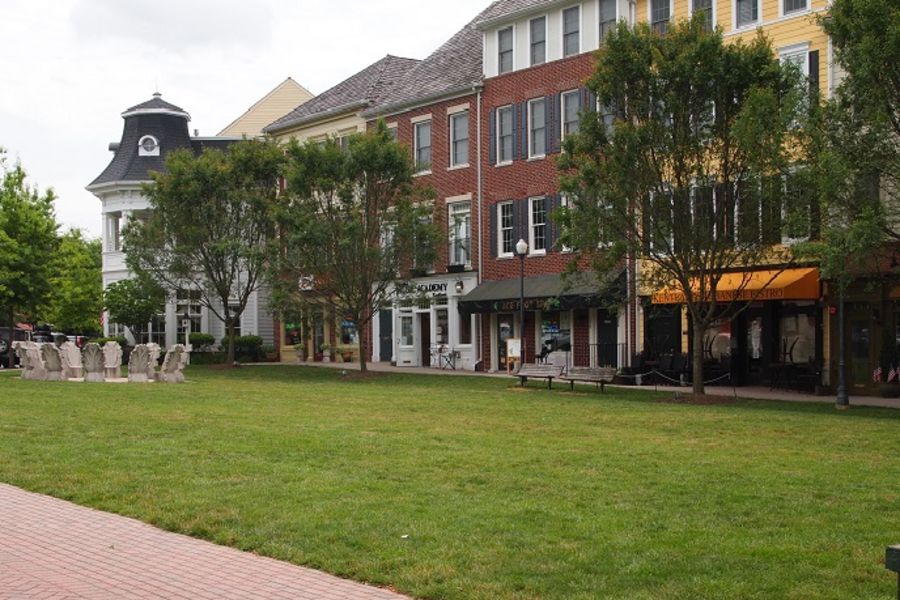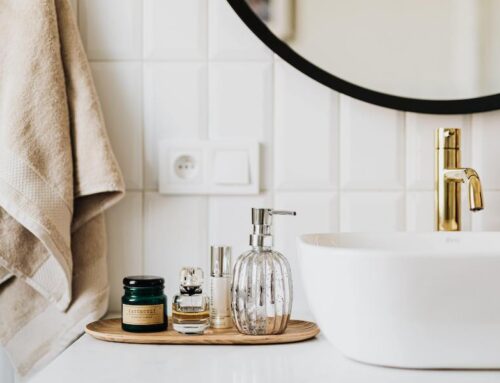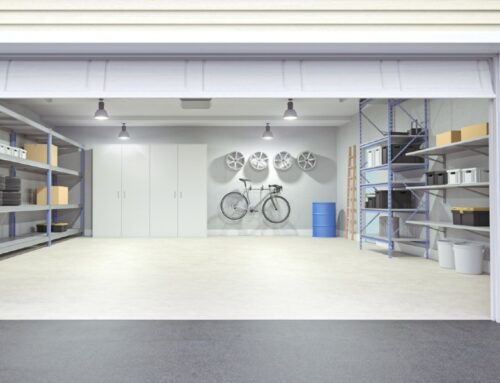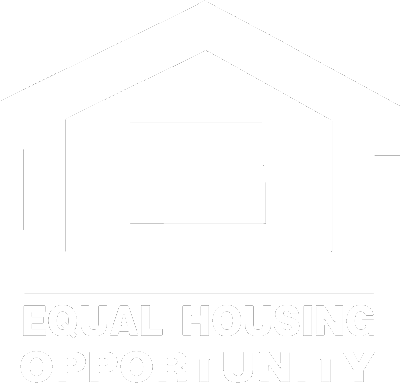How to Find a Walkable Neighborhood
Wide-open spaces, the gentle breeze, real human interaction – most of us have begun to truly appreciate their worth in 2020. Swapping screen time for street time can also improve your overall health and wellness. Of course, finding a walkable neighborhood can be an uphill climb in itself. We make it easy with this three-step guide.
Pay a Visit
There is no substitute for visiting a neighborhood and experiencing its pedestrian-friendliness for yourself. Visit at a time when you would be most likely to go for a walk if you lived there.
If you work a Monday to Friday job with a 9 to 5 schedule, the walkability of the streets during those hours is irrelevant. Instead, wander over in the early morning when you would be out for a morning walk or coffee, or in the evening when you would be unwinding after being cooped up in your office all day. This is the best time to visit your future walkable neighborhood.

Pay a Virtual Visit
If a physical visit is not practical, you have the option of walking through your potential future neighborhood online. Sites like Trulia and Zillow let you take a virtual tour using Google Street View. Besides the inherent drawback of not stepping foot in the streets yourself, virtual visits are limited by the time the video was taken. In that sense, it can be less useful than an actual walk.
A virtual visit may be a great way to narrow down your favorite walkable neighborhoods before you find the time to go there yourself.
Walkable Neighborhood: What to Look For
Because driving can be so convenient, some of us find it difficult to fit a walk into our daily routines. The trick is to find a neighborhood where the amenities that you use most often are within a walkable radius. Observe your daily routine to discover which ones you use frequently. This will usually comprise convenience stores, cafes, dry cleaners, restaurants, and public transport stops or stations. Families with children will likely seek out parks, sports fields, pools, and other developmental facilities as well.
Then, there is “walkability” itself. Proximity to facilities is irrelevant if you cannot get there quickly and safely. In this case, look out for these traits in a walkable neighborhood:
- Sidewalks – They should be wide and line the routes you would likely take.
- Lighting – A well-lit neighborhood attracts more walkers and larger pedestrian numbers make it safer.
- Infrastructure – An area with large, prominent crosswalks as well as abundant speed and cautionary signage is ideal for walkers.
- Shade – A blazing sidewalk in summer is the perfect reason not to walk. Seek out a neighborhood where trees line the streets.
- Street furniture – There is great pleasure to be gleaned from interspersing your walks with periods of people-watching in pleasant weather. Street benches and seats are perfect for this.
Searching for a Walkable Neighborhood
Online resources like Maps, Trulia, and Zillow make searching for a walkable neighborhood quick and simple. Use the “Near Me” feature to discover nearby shops, amenities, and commute options so you are more likely to walk.
Do you have questions about a particular neighborhood in Montgomery County? Contact us today!






